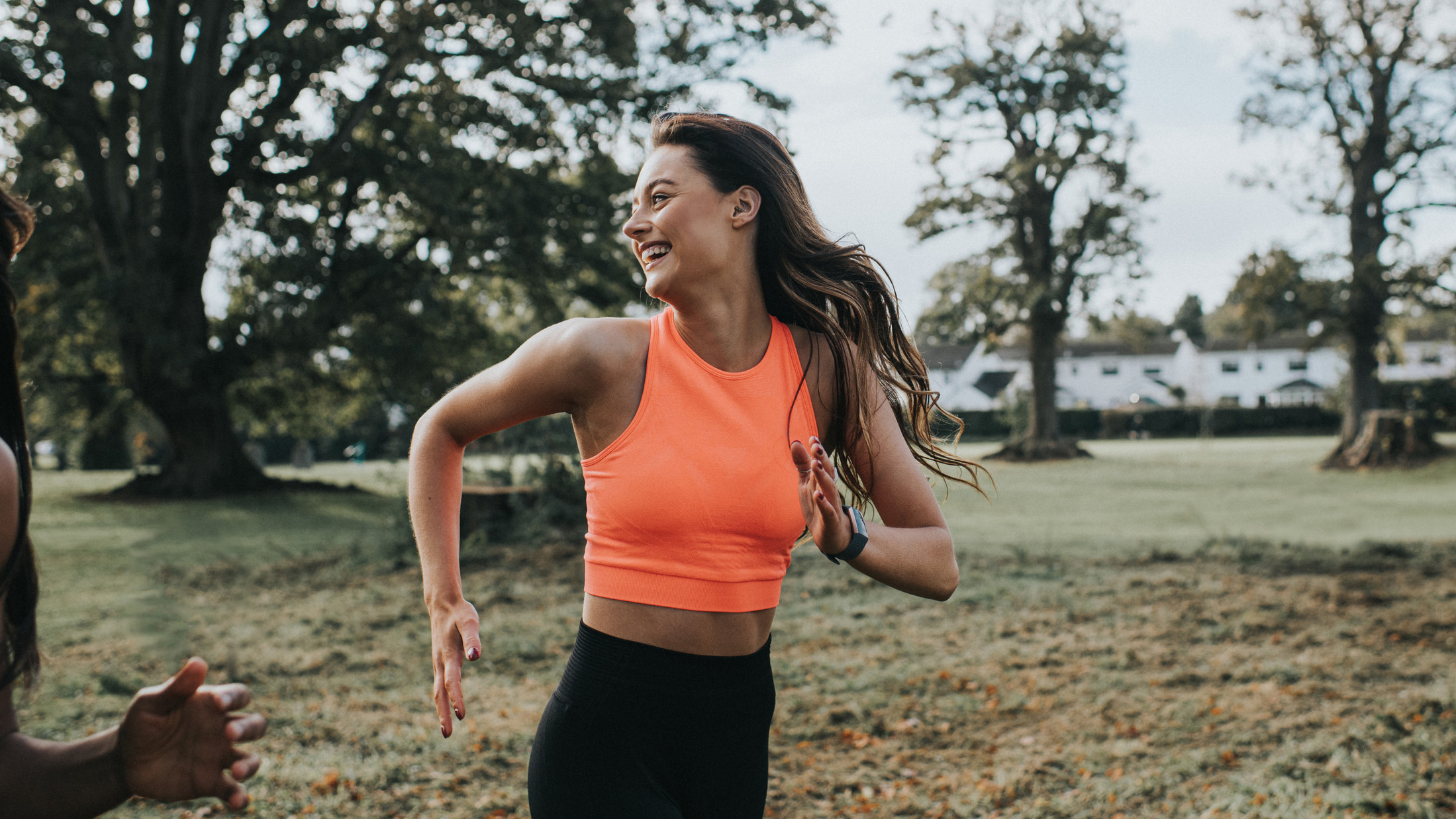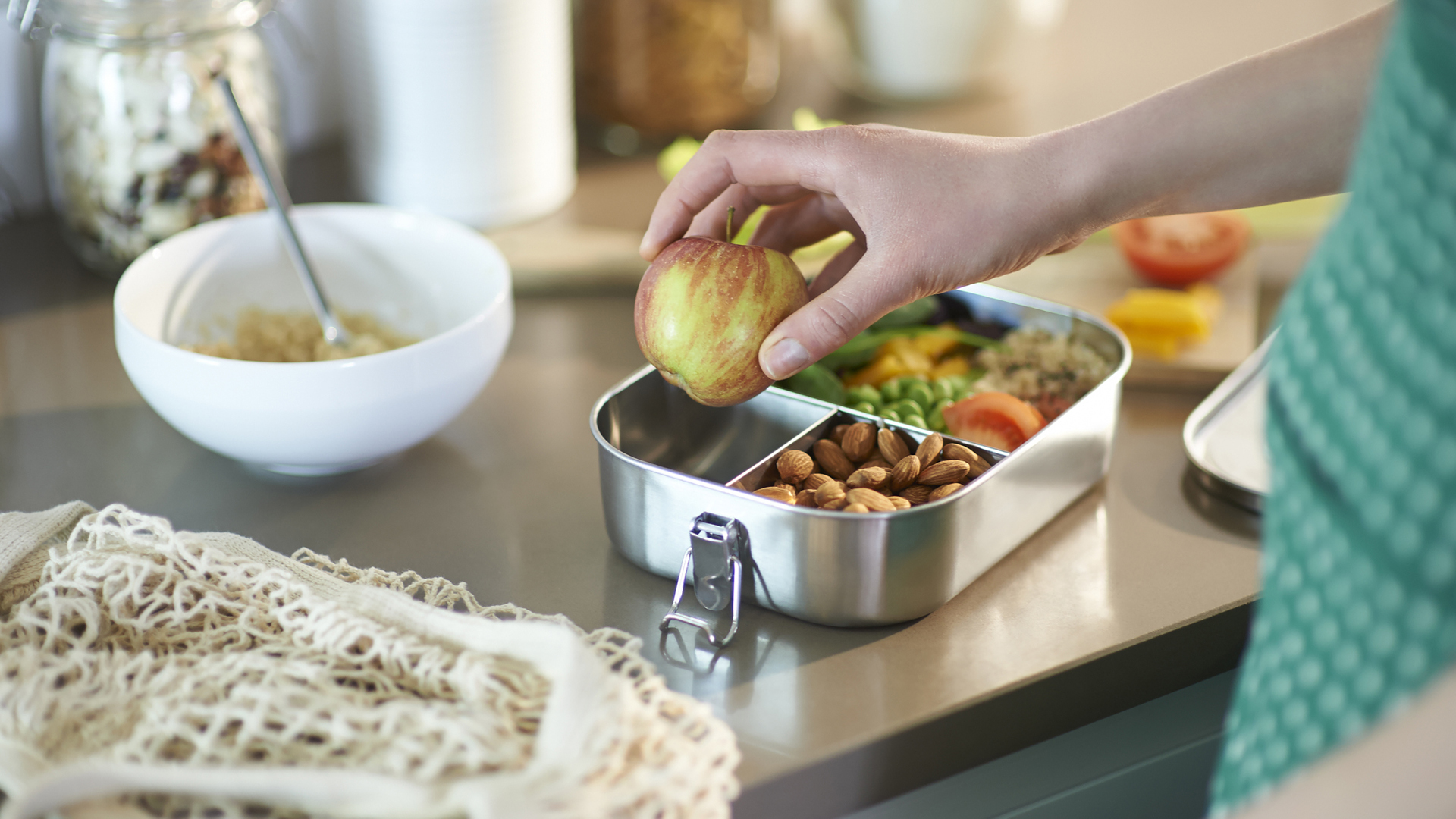


Structured workouts are the best way to improve running stamina, cardiovascular strength and speed. Are sprints beneficial for 5K runners, though, and if so, how often should you run sprints to enhance your overall speed?
Runners love running fast. As soon as they put on their running shoes and strap on their running watches, it's go time! Full speed or no speed. Don't even worry about warming up, either, right?
That's the worst approach for a number of reasons; however, running faster occasionally does have its benefits. Incorporating strides and then sprints in your workout can be an effective tool to increase speed and ready your body for longer, pacier sessions.
"For a beginner runner, the most important thing is to build up their base of slow (conversation pace) running," says Vikash Sharma PT, DPT, OCS, COMT of Perfect Stride Physical Therapy, "This will build a stronger base so that they can incorporate faster-paced efforts into their training after building their base."
Sprinting for beginner 5K runners
Before you put on your Nike Alphafly 2s, initiate a workout on your Garmin Forerunner 965 and start sprinting, let’s go through the basic of sprint training for beginners. The first and most important rule is to allow time for your body to adjust to training.
Dr Sharma says building base fitness takes time and can vary depending on the individual. On average, the initial period of getting your body ready for stride training can be anywhere from 4-12 weeks.
“After a runner has built their base, starting to introduce strides 1-2 x week into their training allows for a transition into speed work,” he explains, “This starts the process of getting the legs to turn over quicker and get stronger. Strides are typically 50-200m, and just like all other training, you want to start lighter and build them up as your body adapts.”
Get all the latest news, reviews, deals and buying guides on gorgeous tech, home and active products from the T3 experts
Try not to rush the process; we can’t emphasise this enough. Trying to go too fast too soon might result in muscle pain, demotivation or injury. Our bodies are infinitely adaptable, but they can’t change overnight. The best runners in the world, the people you’re measuring your performance against, spent decades honing their craft.
“For most inexperienced runners, the biggest pitfall is that they think every one of their runs should be them walking out the front door without warming up and running as fast as they can for 5k or as far they can,” Dr Sharma adds.

Sprint sessions for beginner 5K runners
Once you find a comfortable pace – one you can keep for a 5k distance – and feel confident enough in your skills to start doing strides, you can gradually work these into your workout routine.
Dr Sharma recommends introducing strides once or twice a week to allow for a transition into speed work. Stride sessions start the process of getting the legs to turn over quicker and get stronger. Strides are typically 50-200m; you want to start lighter and build them up as your body adapts.
"Once you have integrated strides into your workouts, you can start to incorporate small bouts of faster paced running into your conversation pace runs", Dr Sharma suggests, "Similarly, you want to start light and build up strength over time. As your legs get stronger, you can incorporate intervals into the mix."
Start with longer intervals at a slower pace and build up the pace, and from here, you can transition into shorter and faster intervals. "Don't forget about tempo runs and hill-based workouts as well," he says, "All of these types of runs will make up a healthy running diet!"

Diet and recovery
Speaking of diet: you can't out-train a bad diet, as the saying goes, and it doesn't matter how much work you put in your running workouts if you don't eat and recover well. Liquids are an obvious choice, as you'll get thirsty after running. However, you should drink more throughout the day anyway to help your muscles get rid of toxins and enhance tissue repair.
You've probably heard this, but a healthy, balanced diet is the best way to ensure your body is in top condition for training. You need carbs for running, but these carbs shouldn't come from cookies or doughnuts.
Timing your meals correctly can also help improve running performance. Try having a carb-rich meal before the running session so that the extra energy generated by breaking down the macronutrient can fuel your muscles adequately.
Dr Sharma suggests that the best way to recover is to make sure that you are getting adequate sleep, keeping your nutrition on point and including an active recovery process that will help to keep the parts mobile, increase blood flow to the muscles that need it most to help with removing metabolic wastes and replenishing the muscles.
Most importantly, don't take all the fun out of running training. Many people give up training because they find it too hard; long-time adherence is crucial to habit-building. Stride and sprint sessions can help keep your running workouts fresh, which will help you stay on track with your training. Just make sure you don't rush things too much.

Matt Kollat is a journalist and content creator who works for T3.com and its magazine counterpart as an Active Editor. His areas of expertise include wearables, drones, fitness equipment, nutrition and outdoor gear. He joined T3 in 2019. His byline appears in several publications, including Techradar and Fit&Well, and more. Matt also collaborated with other content creators (e.g. Garage Gym Reviews) and judged many awards, such as the European Specialist Sports Nutrition Alliance's ESSNawards. When he isn't working out, running or cycling, you'll find him roaming the countryside and trying out new podcasting and content creation equipment.